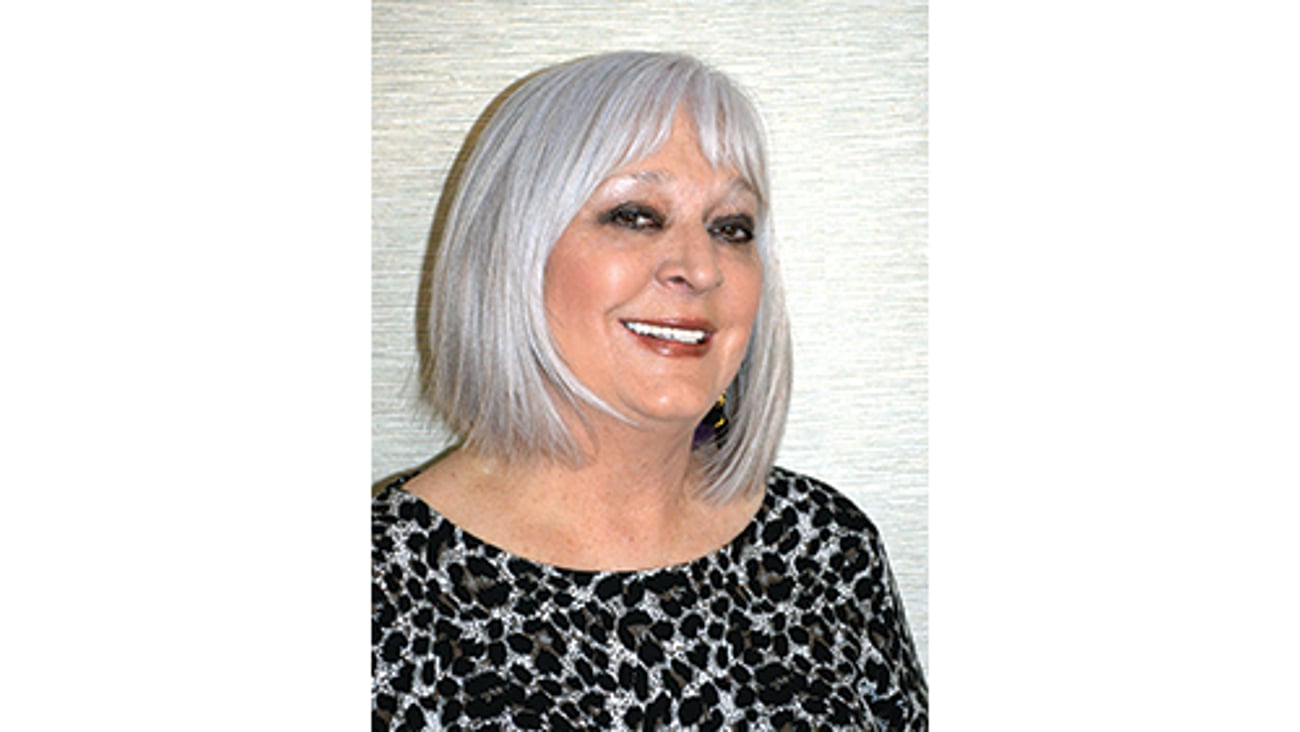Middle retail can reboot in the pandemic age
To survive, they must address pandemic behaviors like trip consolidation and digital personalization. Knowing which shifts are temporary and which are more long-term will be dictated by fatigued consumers emerging from lockdown — and the retailers who can nimbly lead the way.
Trip Consolidation
Influenced by distancing fears and limited “essential” locations, consumers abandoned casual shopping for consolidated trips, stocking up on food and other essentials at Target and Walmart.
With shoppers now able to return Amazon goods at Kohl’s and get Kroger pickup at Walgreens, the old customer journey is dead.
How do you get the customer to deconsolidate and return to casual shopping? Middle retailers can make shopping about the consumer, not just the products being sold. Shoppers can find low prices anywhere, so offering them more of what they want is better.
Some are looking to build emotional connections, while others will want a feeling of safety. This means going beyond the utility-like feel being offered by mass market brands and offering a more local experience, or adding to the product mix to meet the post-pandemic hybrid shopping behaviors and newly discovered brands.
Depending on location, some will be attracted to programs that fit their new habits like touchless checkouts, call-ahead or curbside pickup. Investing in a more attractive mix of offers or exceptional services can win customers back, and tee up opportunities for front-line employees to rebuild relationships from the ground up.
Digital Acceleration
Online shopping has jumped 49% since the beginning of March and has rippled across multiple customer segments, including baby boomers.
With print fading in the touchless store plan, there is a need to develop more elegant digital touchpoints with customers. When compared with smaller retailers, the middle can use their larger size to scale experiences, while also coming up with unique encounters that consumers often don’t get — like personalized loyalty — from the largest mass market providers.
It’s also critical for brick-and-mortar retailers occupying the middle ground to target consumers agnostically flowing through in-store or online shopping experiences, understanding that online does not mean always on their website. Making it a convenient and unique encounter online is important, but also linking it back to the local community is a powerful benefit to leverage, and one that is core to middle retail.
Personalization Experiences
With the acceleration of online, demand for more personalized shopping has also increased. In health and beauty, there is a drive toward personalization that is being aided by digital diagnostic tools. According to the Revieve Health and Beauty Index, personalized skin care diagnostics and recommendation usage is up over 200% globally in 2020.
These engagement tools will continue to create new service channels in store and online, from educational tools and product recommendations to sampling and purchasing. However, in-store technology will see a significant shift, with retailers investing in the bring-your-own-device trend across all departments and functions to satisfy the next-gen digital consumer.
Leverage Your Strengths
Mid-market retail should use its size and speed to its advantage and carve out unique spaces in the market that will be emerging from the crisis. Consumers who have lost their jobs or are looking to save money will not be spending as much on luxury products, leading to an opportunity for middle retailers to offer products that are a step up from value products.
For middle retailers to thrive, they must pick specific segments and offer a more personalized product mix, alongside supporting offers. There is a lot on the to-do list; start with a customer reentry strategy that addresses trip consolidation, digital acceleration and personalization experiences.
Dean DeBiase is chairman of beauty company Revieve.





